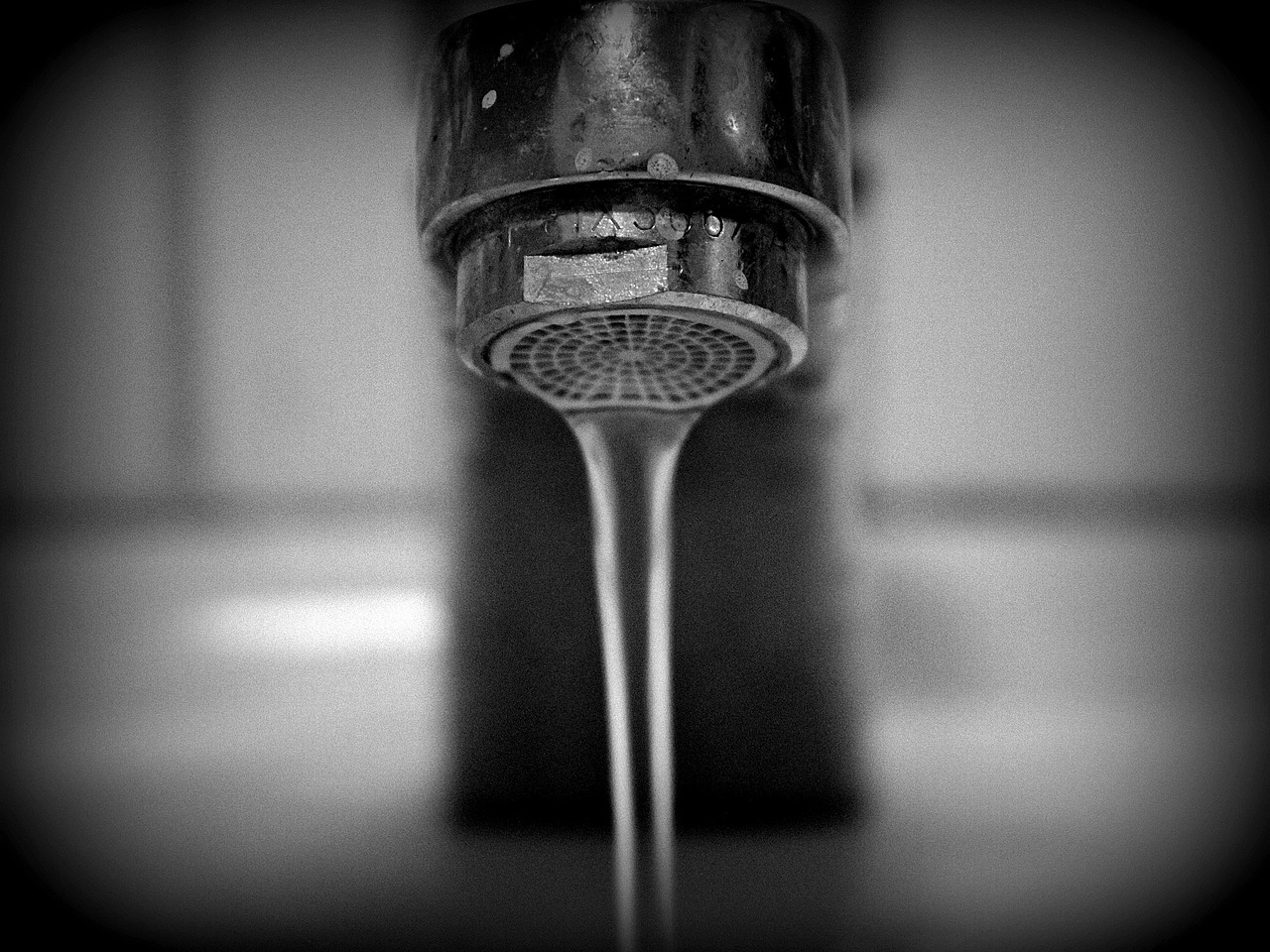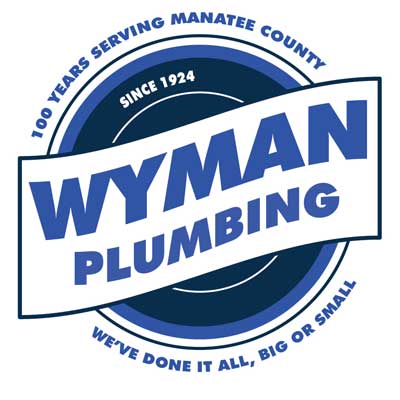Losing access to water in your home can be a significant disruption, especially during or after a storm, a pipe burst, or a temporary shut-off for repairs. Once water is restored, it’s crucial to follow a few steps to ensure it’s safe and your plumbing system is functioning properly. Here’s what you need to do after water is restored to your home.

1. Inspect for Leaks and Check Your Plumbing
When water is turned back on, the sudden pressure can reveal leaks or issues with your plumbing. Start by inspecting key areas to ensure everything is intact:
- Listen for Sounds: A quiet hissing or dripping sound could indicate a small leak somewhere in the system.
- Visually Check for Leaks: Inspect faucets, under-sink pipes, toilets, and exposed pipes for any sign of leakage.
- Monitor Your Water Meter: If you suspect a hidden leak, check your water meter, then wait a couple of hours without using any water. If the meter has moved, you may have a leak that needs professional attention.
2. Flush Your Pipes
After a water restoration, the initial water may contain air, dirt, or rust particles, especially if the lines were inactive for a while. Flushing your pipes ensures cleaner, safer water:
- Run Cold Water Taps: Open all cold water faucets, beginning with the ones closest to where the water enters your home, and let them run for several minutes until the water runs clear.
- Flush Toilets: Flush each toilet a couple of times to clear any sediment that may have settled.
- Check Showerheads and Outdoor Hoses: Run showers and outdoor hoses briefly to remove any trapped air or debris.
3. Run Hot Water Taps and Refill the Water Heater
If your water heater was turned off during the water outage, it’s important to refill it safely:
- Turn on Hot Water Faucets: Run the hot water taps until the water flows consistently. This will allow any trapped air to escape and ensure hot water flows correctly.
- Check the Water Heater’s Pressure Release Valve: If your water heater has one, check that it’s not leaking or releasing too much water after the supply is restored.
- Reset Water Heater Temperature: If you had to shut it off, set it back to your preferred temperature (typically around 120°F). This helps prevent accidental scalding while saving energy.
4. Clean and Sanitize Faucet Aerators
Dirt or sediment can get caught in faucet aerators, reducing water flow and quality:
- Remove and Clean the Aerators: Unscrew the aerators from each faucet, rinse them thoroughly, and scrub away any visible debris.
- Sanitize in a Vinegar Solution: Soak the aerators in a vinegar solution for about 10-15 minutes to remove mineral buildup and sanitize them.
- Replace and Test Flow: Reattach the aerators and run water to ensure the flow is restored.
5. Flush and Sanitize Ice Makers and Water Dispensers
If your refrigerator has a built-in ice maker or water dispenser, they may need a fresh supply and some cleaning:
- Discard Old Ice: Dump any ice that was made before the water was restored, as it may be contaminated.
- Run and Discard New Ice: Allow the ice maker to produce a few batches of ice and discard them to ensure all impurities are cleared.
- Clean Water Dispensers: Run several cups of water through the dispenser and discard to flush out the lines.
6. Run Appliances Like Washing Machines and Dishwashers
When water is restored, some appliances may have a bit of trapped air or sediment in their lines:
- Run Empty Cycles: Run an empty load in both your washing machine and dishwasher to flush out any sediment or debris.
- Check Filters: Inspect and clean any filters in these appliances to ensure they aren’t clogged or restricted.
7. Test Water Quality if Advised
After a water outage, local authorities may advise testing your water for quality:
- Use Home Test Kits: If you’re concerned about water quality, you can use a simple home water test kit to check for contaminants.
- Contact Local Authorities: If authorities suggest further testing, consider contacting a professional water testing service to ensure your water meets safety standards.
8. Reset Water Softeners or Filtration Systems
If you use a water softener or whole-home filtration system, they may need a reset:
- Follow the Manufacturer’s Instructions: Each system has specific steps for resetting and recharging.
- Run the System to Ensure Proper Flow: After the reset, run water through faucets connected to the system to confirm it’s working.
9. Practice Caution When Drinking Tap Water Initially
If water was out due to a local issue, the initial water supply may contain impurities:
- Boil Water if Necessary: If authorities have issued a boil-water advisory, boil your tap water for at least one minute before drinking or cooking.
- Use Bottled Water for Drinking: For added precaution, use bottled water until you are sure the tap water is safe for drinking.
Restoring water to your home is a relief, but it’s important to follow these steps to ensure your water is safe and systems are functioning well. Remember, if you notice any irregularities or concerns, don’t hesitate to contact a professional plumber for help.
